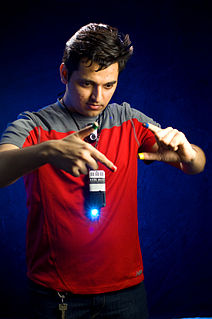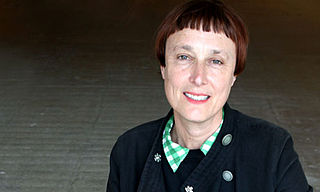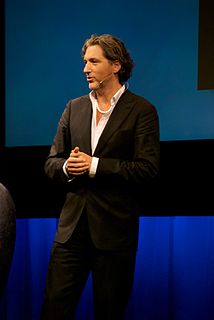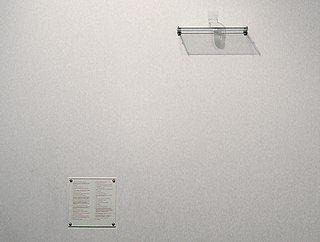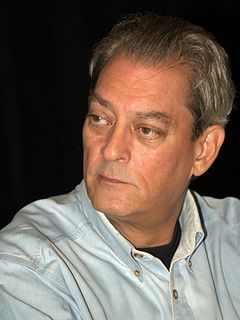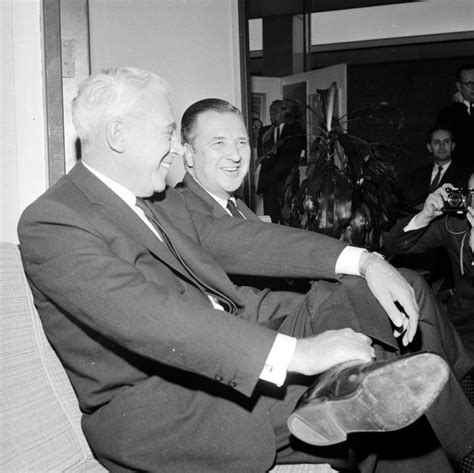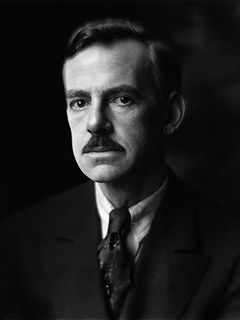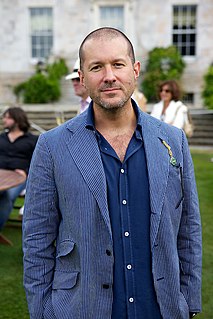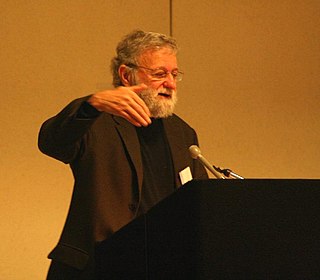A Quote by Pranav Mistry
When you talk about objects, one other thing automatically comes attached to that thing, and that is gestures: how we manipulate these objects, how we use these objects in everyday life. We use gestures not only to interact with these objects, but we also use them to interact with each other.
Related Quotes
Being a sculptor who uses found objects, all the objects I use in my work have been designed by other people. So I'm tweaking them in some way by squashing them or throwing them off cliffs! Then I formalise my damage by suspending them or arranging them in some kind of way. So I'm using other people's design in a way, so I'm an 'un-maker.'
There is nothing more terrible, I learned, than having to face the objects of a dead man. Things are inert: that have meaning only in function of the life that makes use of them. When that life ends, the things change, even though they remain the same. […] they say something to us, standing there not as objects but as remnants of thought, of consciousness, emblems of the solitude in which a man comes to make decisions about himself.
With the advent of digital imaging I made the transition from trying to figure out how to do things to creating objects, characters and the whole cloth. It kind of freed up the analytical part of my brain and I had the opportunity to use more of the creative side of my brain for how things interact with light and integrate into stories.
